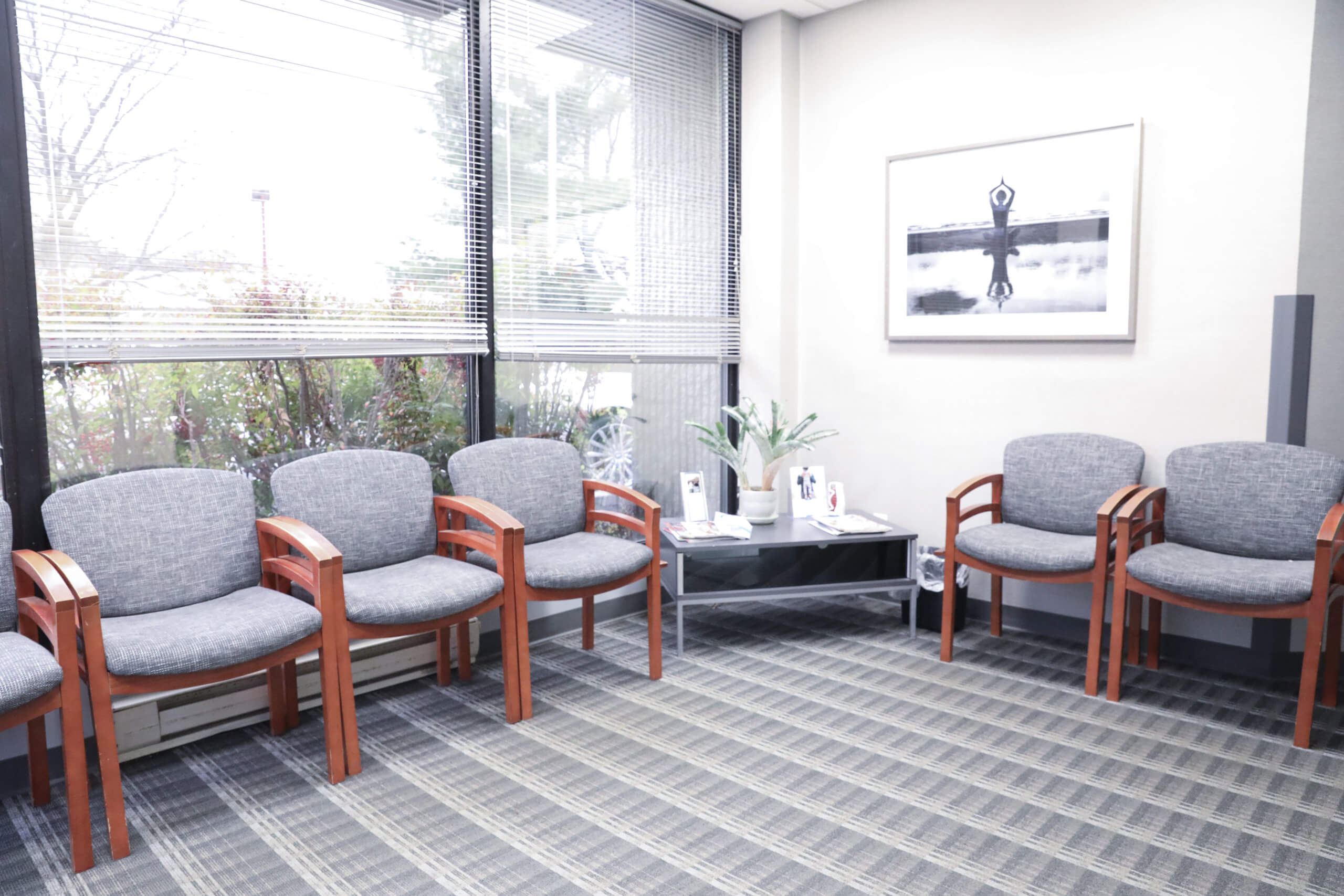Osteoarthritis Treatment Guide (What You Should Know)
Osteoarthritis is one of the most common types of arthritis, affecting upwards of 32.5 million adults in the United States. Developing over time, this “wear and tear” form of arthritis causes varying degrees of pain, aching, stiffness, swelling, and problems with range-of-motion and flexibility. These symptoms detract from the quality of life, making it difficult to perform daily tasks and activities without pain.
At South Island Orthopedics, we specialize in providing premium, individualized arthritis care tailored to each patient. Our board-certified orthopedic physicians have decades of combined experience addressing osteoarthritis. We have two convenient locations on the South Shore and North Shore of Long Island, serving residents from Suffolk County to Nassau County (including the five boroughs of New York City) and beyond.
Keep reading to learn more about diagnosing, treating, and preventing osteoarthritis.
Osteoarthritis Symptoms, Causes, and Risk Factors
 Osteoarthritis causes cartilage and joints to degenerate over time. With little to no cushioning provided by joint cartilage, bones rub together. Eventually, the joints become inflamed and painful, and bending, straightening, and rotating the joints becomes difficult. Sometimes the cartilage produces loose fragments which cause joints to lock, stick, snap, or make grinding/cracking noises (referred to as crepitus.)
Osteoarthritis causes cartilage and joints to degenerate over time. With little to no cushioning provided by joint cartilage, bones rub together. Eventually, the joints become inflamed and painful, and bending, straightening, and rotating the joints becomes difficult. Sometimes the cartilage produces loose fragments which cause joints to lock, stick, snap, or make grinding/cracking noises (referred to as crepitus.)
Osteoarthritis symptoms can be mild, moderate, or severe and include:
- Pain
- Aching
- Stiffness
- Swelling
- Difficulty with range-of-motion and flexibility
While the root cause of osteoarthritis is damage or degeneration of the joint cartilage between bones, additional factors may increase the likelihood of developing the condition.
Risk factors of osteoarthritis include:
- Previous joint injury. A previous injury—for example, in the finger or fingers—increases the probability of developing osteoarthritis in the hand.
- Overuse of a joint. An osteoarthritis knee diagnosis, for example, can be the result of sports-related overuse.
- Gender. Women age 50 and older are more susceptible to developing osteoarthritis than their male counterparts.
- Age. Almost 50% of Americans 65 years or older reported doctor-diagnosed arthritis, according to research.
- Genetics. A family history of osteoarthritis increases the risk of a person developing the condition.
- Race. According to research, some Asian populations have less risk for osteoarthritis.
- Obesity. The stress of excess weight on the joints increases the chance of a person developing osteoarthritis.
When to See an Osteoarthritis Specialist
 Since many people have more than one type of arthritis, it’s best to see an orthopedic doctor if you have symptoms. Consulting with an orthopedic specialist with the knowledge, experience, and capability ensures a proper, precise diagnosis and personalized treatment plan.
Since many people have more than one type of arthritis, it’s best to see an orthopedic doctor if you have symptoms. Consulting with an orthopedic specialist with the knowledge, experience, and capability ensures a proper, precise diagnosis and personalized treatment plan.
To help diagnose osteoarthritis, your orthopedic physician will:
- Review your medical history and symptoms. This includes discussing any family history of osteoarthritis, your symptoms—and their severity—and whether certain activities (exercise, rest, etc.) worsen your symptoms.
- Perform a physical examination. To pinpoint the source of osteoarthritis and the severity of your condition, your doctor will examine the affected joint. The surrounding muscles, tendons, and ligaments will also be assessed for injury or damage.
- Conduct diagnostic testing. Blood tests and other laboratory diagnostic tests can help eliminate other conditions or diseases that mimic osteoarthritis to help determine the correct diagnosis.
Treatment
Currently, there is no cure for osteoarthritis. There are, however, multiple treatment options to help manage symptoms and help people return to their active lives. There are several non-surgical and surgical pathways your osteoarthritis specialist may recommend. At South Island Orthopedics, we strive to exhaust all conservative treatment methods before suggesting surgical intervention for arthritis.
The ultimate goal of treatment is to help our patients:
- Reduce pain and inflammation
- Prevent further joint damage
- Encourage mobility
- Improve the quality of life
Non-surgical treatment for osteoarthritis includes:
- Supplemental care. At South Island Orthopedics, we offer Medicines Direct Joint Health for joint care. This professional strength, pharmaceutical-grade supplement contains premium quality glucosamine and chondroitin, intended to reduce joint pain and improve joint function for patients with osteoarthritis.
- Physical therapy. Your doctor may prescribe a specialized physical therapy program consisting of exercises and stretches to reduce pain, increase flexibility, and improve range of motion.
- Medications. Non-steroidal anti-inflammatory drugs (NSAIDs) help reduce pain and inflammation.
- Injections. Cortisone can be injected into the damaged joint for short-term relief from pain, swelling, and inflammation.
If the treatment approaches above fail to relieve symptoms of osteoarthritis—or symptoms are too severe—surgery may be recommended. Surgical methods include:
- Arthroscopy. Arthroscopic surgery is a minimally-invasive process that incorporates a small camera and instruments to remove any loose fragments and repair the joint.
- Osteotomy. This process involves realigning the long bones of the arm or leg to alleviate pressure from the joint.
- Joint fusion. Using pins, plates, rods, or screws, your surgeon can fuse the bones to increase stability and reduce pain. However, this option fixes the bones in place, eliminating mobility.
- Joint replacement. In joint replacement surgery, your surgeon removes the diseased or damaged joint and replaces it with an artificial joint made of metal, plastic, or a combination of both.
Preventative Strategies
 While you can’t control things such as genetics and age, there are some things you can do to help prevent osteoarthritis, including:
While you can’t control things such as genetics and age, there are some things you can do to help prevent osteoarthritis, including:
- Quitting smoking.
- Managing your weight to prevent stress to the joints.
- Practicing sports-injury prevention strategies to avoid injury that could lead to osteoarthritis.
- Helping preserve cartilage with hyaluronic acid injections that help decrease joint inflammation and pain.
- Exercising regularly to strengthen cartilage and supporting joint muscles.
Get Relief for a Variety of Osteoarthritis Conditions
No matter where or how you are affected by osteoarthritis—knee, hand, foot, ankle, or another area of the body— Our doctors are committed to setting and providing the standards for the best orthopedic care.
If you would like more information about osteoarthritis symptoms and treatment or would like to see one of our osteoarthritis specialists, request an appointment now.
